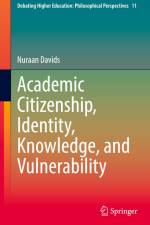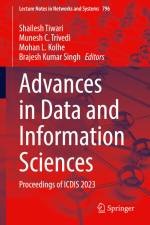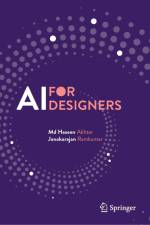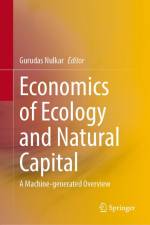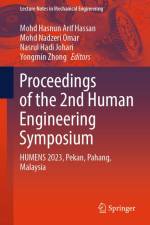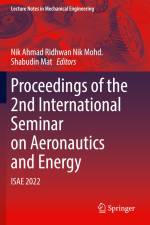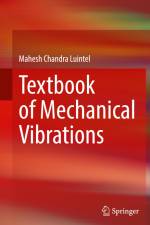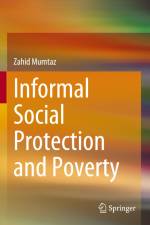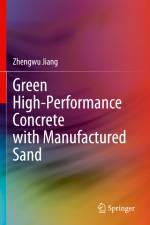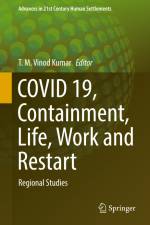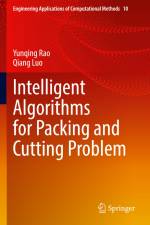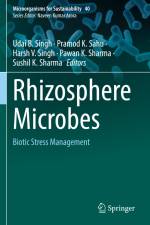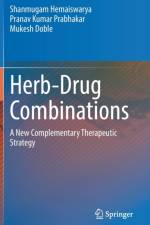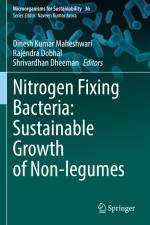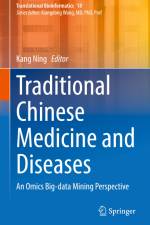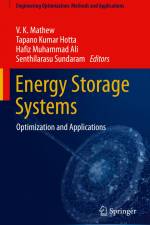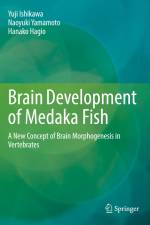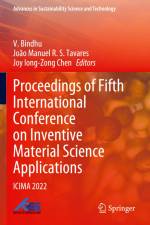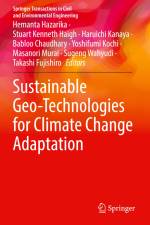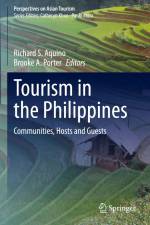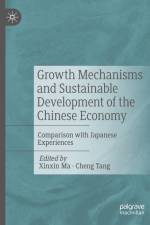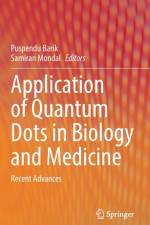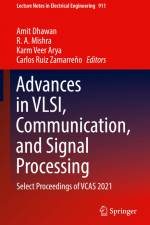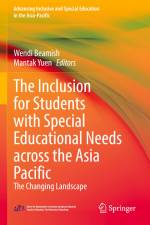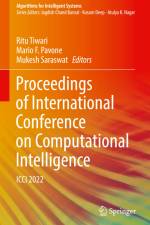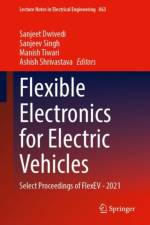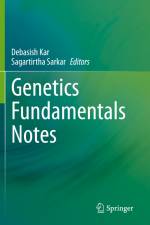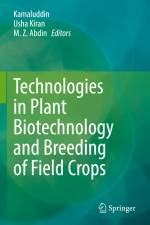av Ritu Tiwari, Ranjith Ravindranathan Nair & Mario F. Pavone
1 661 - 3 101
The book presents high quality research papers presented at International Conference on Computational Intelligence (ICCI 2021) held online during 27-28 December, 2021. The topics covered are artificial intelligence, neural network, deep learning techniques, fuzzy theory and systems, rough sets, self-organizing maps, machine learning, chaotic systems, multi-agent systems, computational optimization ensemble classifiers, reinforcement learning, decision trees, support vector machines, hybrid learning, statistical learning. metaheuristics algorithms: evolutionary and swarm-based algorithms like genetic algorithms, genetic programming, differential evolution, particle swarm optimization, whale optimization, spider monkey optimization, firefly algorithm, memetic algorithms. And also machine vision, Internet of Things, image processing, image segmentation, data clustering, sentiment analysis, big data, computer networks, signal processing, supply chain management, web and text mining, distributed systems, bioinformatics, embedded systems, expert system, forecasting, pattern recognition, planning and scheduling, time series analysis, human-computer interaction, web mining, natural language processing, multimedia systems, and quantum computing.

